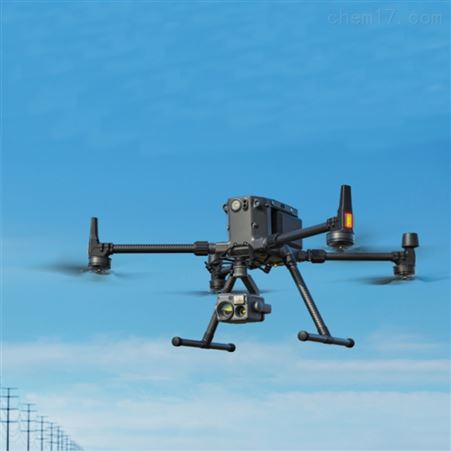The world of drone cameras has evolved at a rapid pace, offering exciting advancements and cutting-edge technology for both enthusiasts and professionals alike. Whether you’re seeking to capture breathtaking aerial shots, or you’re exploring the myriad applications in fields like agriculture, construction, and even surveillance, drone cameras are revolutionizing how we perceive and interact with the world. This exploration takes you through some of the latest innovations that define the current landscape of drone cameras.
Technological Advancements
The realm of drone cameras has seen significant improvements in image quality, stabilization, and functionality. Today’s drones are equipped with high-resolution cameras that can capture stunning 4K video and high-definition images. Moreover, advanced stabilization technology ensures smooth footage even in turbulent conditions. Features like automated flight paths and obstacle avoidance have made drones incredibly user-friendly, effectively opening up possibilities for amateurs to capture professional-grade media.
Applications Across Industries
Drone cameras have moved beyond hobbyist playthings, finding valuable roles in various industries. In agriculture, drones equipped with thermal cameras can monitor crop health and optimize farming techniques. In construction, they provide a bird’s-eye view, facilitating site inspections and progress tracking. Furthermore, drones have enhanced capabilities in search-and-rescue operations, enabling responders to quickly assess situations in challenging terrains.
- Real Estate: Drones offer stunning views that can showcase properties in ways traditional photography can’t capture, providing prospective buyers with unique perspectives.
- Filmmaking: With drones, filmmakers can achieve sweeping panoramas and intricate aerial maneuvers that were once only possible with expensive cranes and setups.
The Integration of AI and Machine Learning
Another breakthrough in drone cameras is the integration of AI and machine learning. These technologies empower drones with the ability to analyze footage in real-time, identify and track objects, and even enhance images by compensating for lighting and color discrepancies. Such developments herald a future where drones can autonomously navigate complex environments, tailor their operations to specific tasks, and provide actionable insights from the data they collect.
Eco-Friendly Innovations
As sustainability becomes a crucial consideration, eco-friendly drone designs are emerging. Innovations include energy-efficient motors and the use of recyclable materials for drone construction. These advancements contribute to reducing the environmental footprint of drone operations, promoting a balance between technology and ecology.
The integration of sustainable designs indicates a shift towards responsible technological practices.
Security and Privacy Considerations
With the proliferation of drone cameras, concerns around privacy and security are inevitable. Regulatory bodies are continuously updating guidelines to address these issues, ensuring responsible usage while protecting individuals’ rights. As technology advances, encryption and secure data handling are becoming standard features to safeguard the information captured by drones.

Drone manufacturers are also emphasizing user education, providing clear instructions and guidelines to prevent misuse and to promote safe and ethical drone operation.
Future Trends
The future of drone cameras hints at continued innovation, with miniaturization, enhanced connectivity, and further integration with smart devices expected to dominate this space. Emerging technologies like 5G will provide drones with faster data transfer capabilities, broadening their applicability and enhancing their performance.
Q1: What is the best drone camera for beginners?
A1: Many recommend the DJI Mini 2 for its ease of use, affordability, and excellent camera quality.
Q2: How do drone cameras impact wildlife research?
A2: Drone cameras offer non-invasive methods to observe wildlife, track migration patterns, and assess habitats, significantly benefiting conservation efforts.
Q3: Are there drones that offer night-time capabilities?
A3: Yes, drones equipped with thermal imaging and infrared cameras are increasingly available, catering to night-time surveillance and research applications.